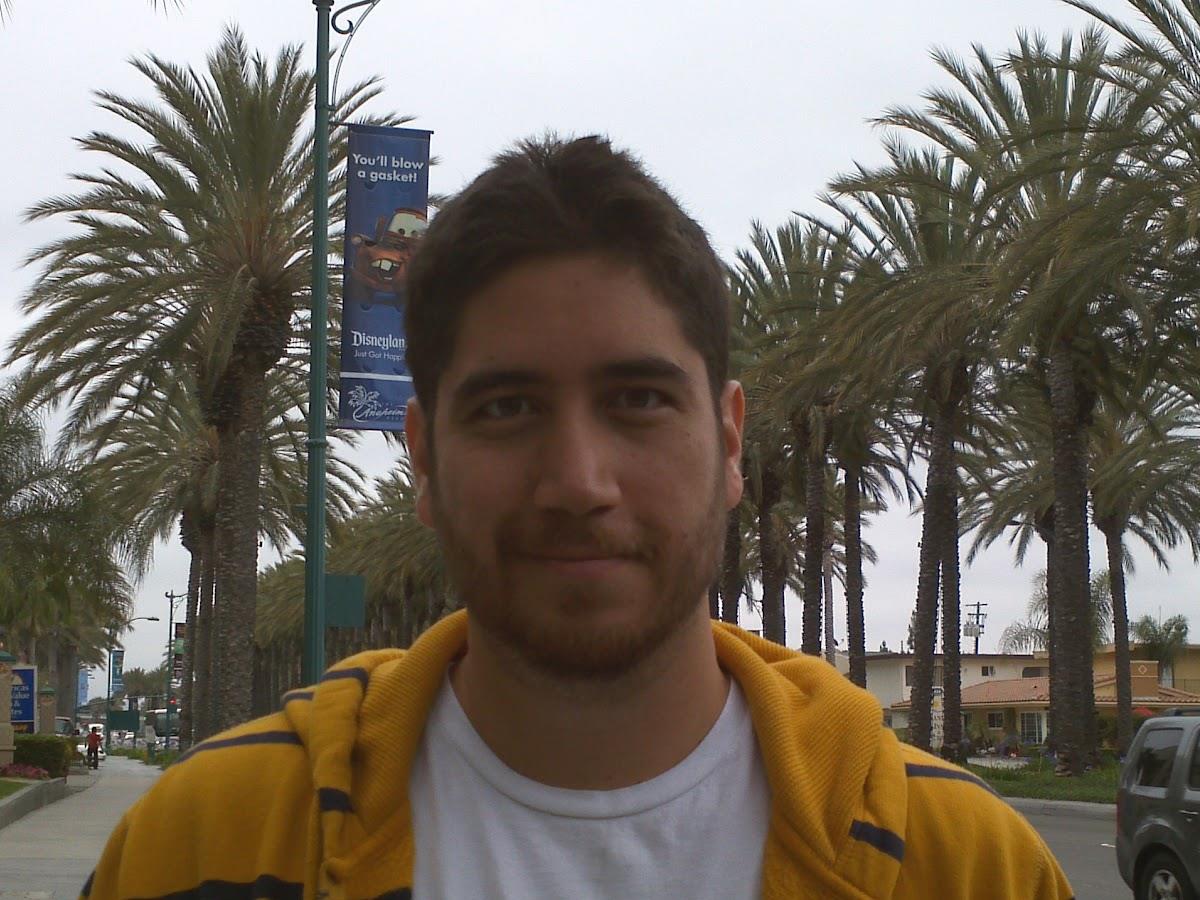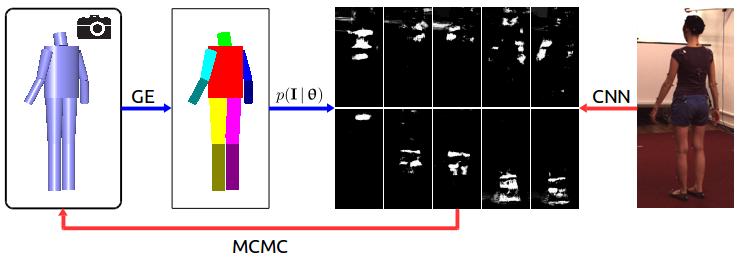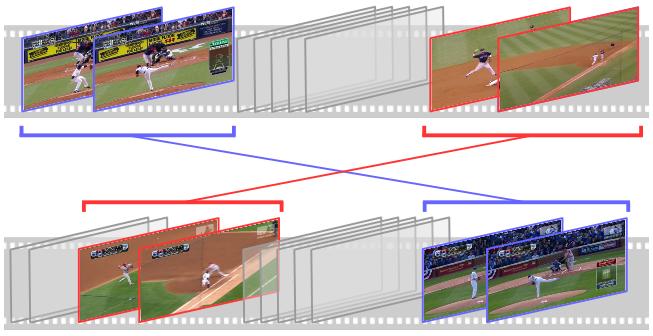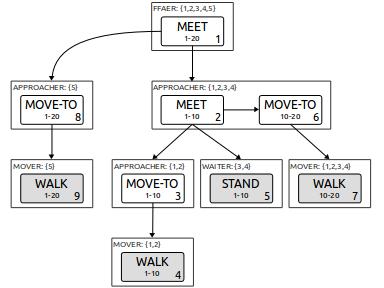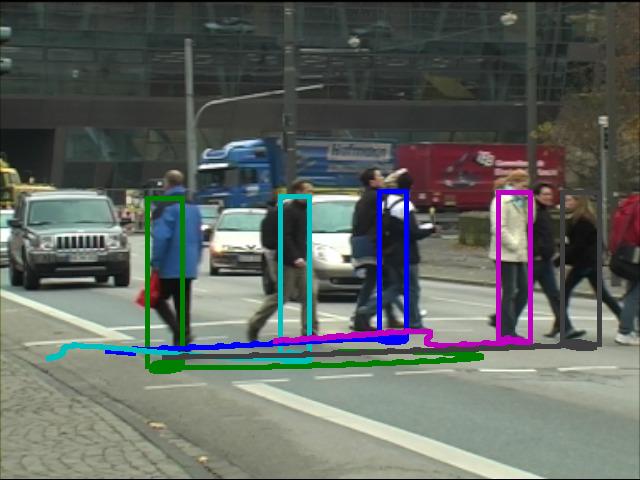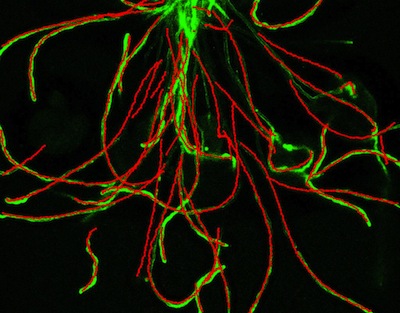BIO
I am currently a postdoctoral researcher in the
computer science department
at Boston College, working
under the supervision of
Prof. Hao Jiang. My current research focuses around 3D human pose
estimation from images and human action recognition and matching.
Previously, I was a postdoctoral research associate in the
School of Information:
Science, Technology, and Arts
at The
University of Arizona, working on Bayesian
modeling and
inference of group activity from video under the supervision of
Prof.
Clayton Morison. I completed my Ph.D in
computer science
on Bayesian data association for temporal scene unerstanding,
under the advisement of Prof. Kobus
Barnard in the Interdisciplinary
Visual Intelligence lab.
In general, my research interests are 3D scene understanding, tracking, human action recognition, and Bayesian modeling and inference.
In general, my research interests are 3D scene understanding, tracking, human action recognition, and Bayesian modeling and inference.
